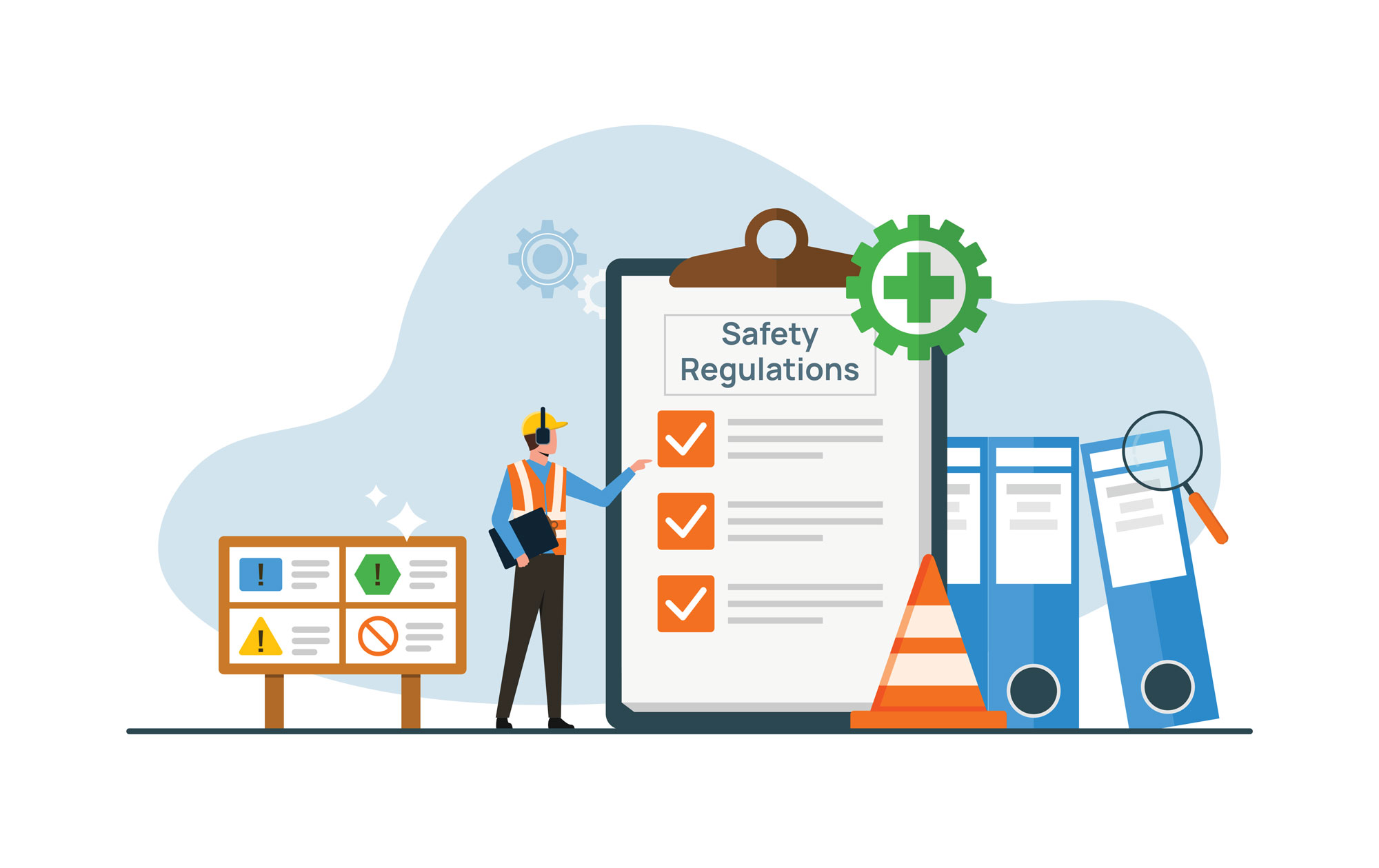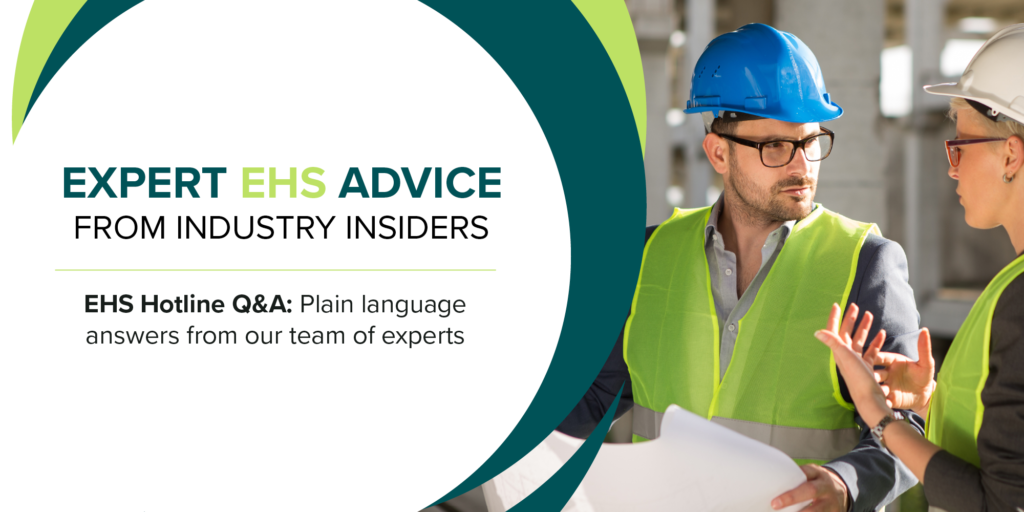
4 best practices for new employee safety training
Supervisors must be certain that all employees have the knowledge to carry out their role in the workplace in a safe manner. Training is the “how,” meaning the skills, practices, procedures, and safe behaviors that keep a worker safe. But also important is the “why.” A common reason employees fail to follow rules is that they don’t know why the rules matter. When employees are educated on the consequences of behaviors and deviations from the rules, they’re more likely to follow them.
So, what can your company do to ensure all your new employees are properly trained and educated in safety policies and procedures? In this article, we’ll share four best practices to help you get started.
1. Make company safety policies and procedures clear
Provide new hires with your company’s safety policies and procedures, and thoroughly review them and answer any questions along the way. Explain any policies that are specific to your company that may not apply to every company or industry to be sure your new employees know how to respond in different situations. Make yourself available to your employees to help address any questions along the way.
This includes thoroughly explaining the health, wellness, and safety procedures your company follows. If your company employs a health and safety specialist, this person should be informed when a new employee has joined the company and be brought in to discuss additional safety measures. Coordinate a one-on-one meeting between the new hire and the specialist, if applicable.
2. Ask questions and communicate
Start by asking your new hires what previous safety training they’ve had and let them explain their background in safety protocols. Once you gauge their understanding of safety measures and their knowledge of procedures, you’ll have a better idea of how much safety, environmental, or compliance training to provide.
Determine whether your new employees will need any personal protective equipment (PPE) while on the job, and if so, review this information with the employees so they understand when the equipment must be worn and when it’s allowed to be removed. Issue the appropriate equipment for the work being performed.
3. Identify emergency procedures and potential hazards
Take your new employees on a tour of the facility where they’ll be spending their workdays. You should show them any associated work area hazards and all the safe work practices they need to know. Identify workspaces where toxic materials are used, stored, or disposed of.
Show and explain how to use emergency safety equipment such as eyewashes, showers, first-aid kits, fire blankets, fire extinguishers, fire exits, and fire alarm pull boxes. Demonstrate the evacuation procedures so your new employees know what to do and where to go. Overcommunication is key—your goal is to ensure your employees are prepared if an evacuation is necessary. Review your company’s emergency plans, and inform new employees of any evacuation signals and procedures, pointing out exit routes and your team’s designated assembly location.
4. Routinely review injury and illness reporting protocols
Upon hiring, your new employees should fill out an emergency contact form, which should include their names and addresses and phone numbers of people they want to be contacted if anything happens to them; their medical and dental information; and their health insurance information. Keep a copy for your records, as well as your Human Resources department.
Review the procedures your company follows for reporting any injuries, illnesses, and/or accidents, and explain how the employees will participate in this process. Explain worker rights and responsibilities that are granted by law.
The bottom line
Of course, there are many other things to consider when training new employees in safety. However, this is a great place to start.
Safety training may differ depending on your company’s industry, facility layout, and company size. It’s important for you to customize your safety training to appropriately reflect your company and the work you do.
BLR® offers environment, health, and safety (EHS) management software that allows you to store your safety procedures in one place and is easily accessible to your employees.



